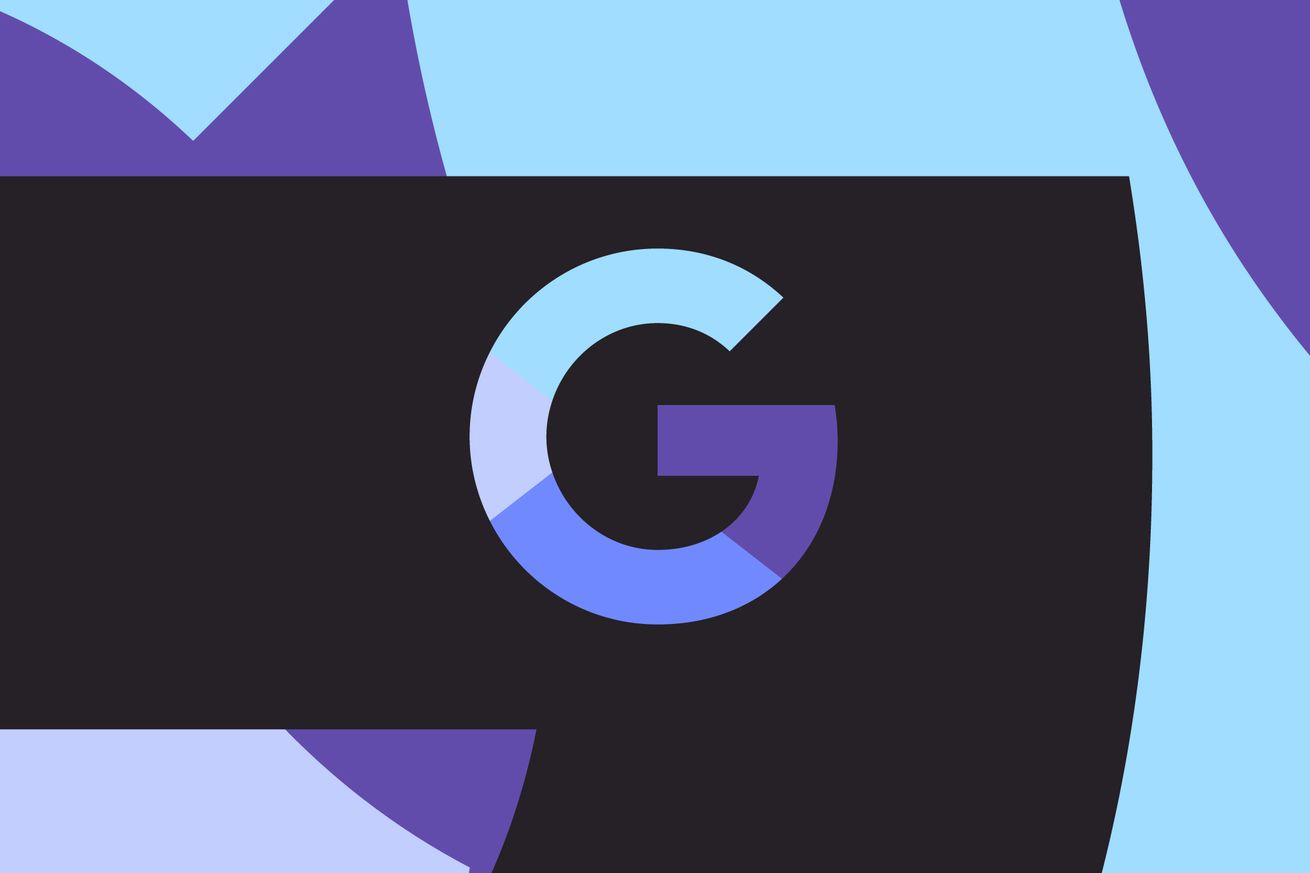
Google cuts off third-party smart displays as Assistant support dwindles
Google has stopped pushing updates for some third-party smart displays, reflecting a broader shift away from Assistant products. On a support page spotted by 9to5Google, the company says it will no longer provide software updates for the Lenovo Smart Display, JBL Link View, and the LG Xboom AI ThinQ WK9 Smart Display.
All three displays made their debut in 2018, just months after Google first announced the Smart Display platform and its own Home Hub (now called Nest Hub) as it sought to compete with Amazon’s Alexa. While Google provided some new features to these devices in the years that followed, they never received the same kind of attention it gives to its Nest Hub displays.
Google’s decision to end support for its third-party devices doesn’t mean they’ll stop working, but it is indicative of what’s been happening over the past few years: they just won’t receive any new features or updates.
As Google started removing features, like the ability to browse the web on third-party displays, the Nest Hub Max got new “quick phrases” that let you command Google Assistant with fewer words and also added support for Matter. Although Google doesn’t mention the Assistant-powered Lenovo Smart Clock 2 in its update, it does leave me wondering what’s in store for the future of the device.
Discontinuing updates on third-party products not only seems like a way for the company to cut off a line of products that have been largely replaced by the Nest Hub (which may soon be usurped by the upcoming Pixel tablet), but it’s also a sign of Google distancing itself from yesteryear’s Assistant and focusing more on generative AI technology like Bard.
In a memo obtained by CNBC last month, Google Assistant head Sissie Hsiao informed workers that the team’s engineering vice president, Amar Subramanya, would swap over to leading the Bard team. It also indicated that the division would take on more of a supporting role as Google continues to work on Bard.
“As the Bard teams continue this work, we want to ensure we continue to support and execute on the opportunities ahead,” Hsiao said in the memo viewed by CNBC. “This year, more than ever, we have been focused on delivery with impact to our users.”
Meanwhile, a report from The Information from October had previously revealed that Google was investing less in Assistant products for cars and other third-party devices that use the software, including TVs, headphones, smart home speakers, smart glasses, and smartwatches. Hsiao reportedly told one colleague that Android Auto only makes around $1 billion in annual revenue, which is barely enough to make a dent in the $257.6 billion Google made last year. That’s why she may shift some people away from the initiative.
All this is reflected in some of the more recent moves Google has made to cut down on its dependence on Assistant. Last year, Google shut down the Assistant-powered Driving Mode dashboard and is planning to shut off Assistant games and apps on them in June. Google may even be looking to shutter the Google Now Launcher, an Assistant-like feature that rolled out to Android devices in 2014, according to 9to5Google.
Now, with Google I/O just one month away, we’ll see if the old Assistant technologies are still featured in new products or if the newer flavors of AI are all that Google has to talk about. A report from The New York Times indicates that Google’s set to show off several new AI tools at the event, such as an AI image generation studio, a video summarization tool, and a third version of AI Test Kitchen, an app that lets people test AI prototypes.

